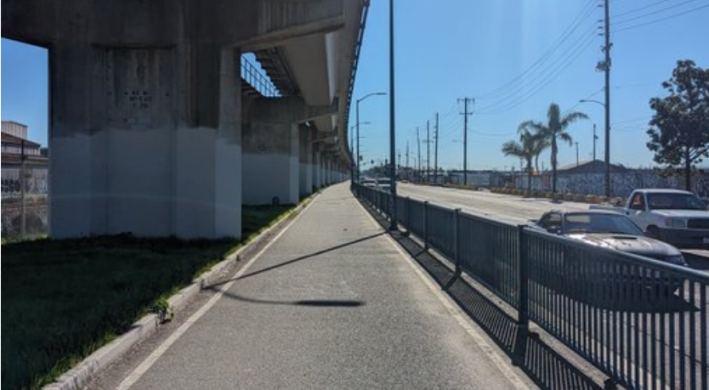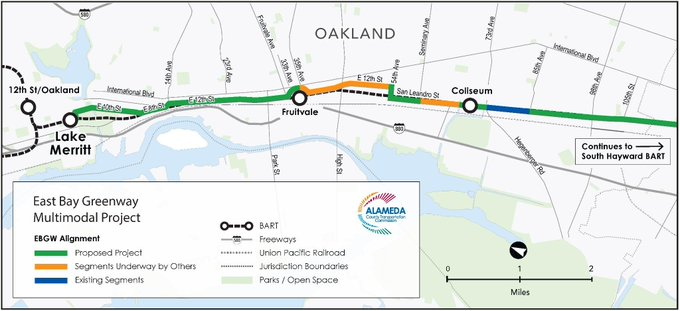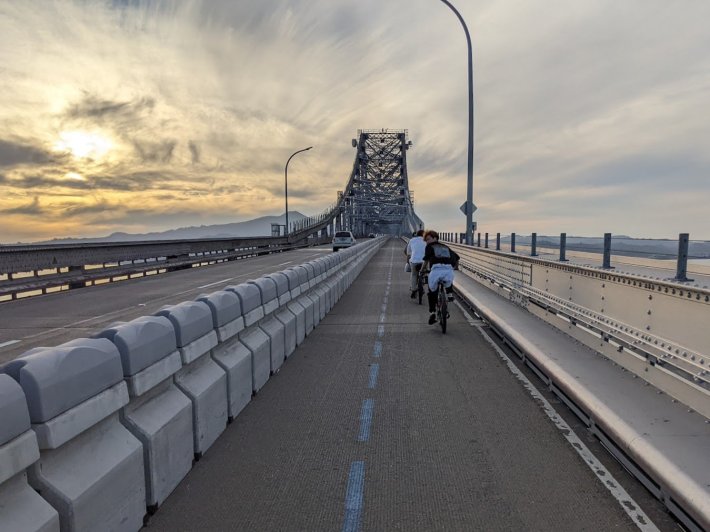Here are a few Streetsblog news nuggets to start your weekend. Two are good news. And one is atrocious.
SFMTA picks speed camera locations, readies roll out
SFMTA announced Thursday the locations where it will install automated speed enforcement cameras. From an SFMTA release:
The data-driven process for selecting camera locations has identified 33 recommended speed camera locations. These locations are in every corner of the city, in neighborhoods that may look different from one another, but all have vehicles traveling too fast. They are geographically distributed along San Francisco’s High Injury Network, with at least two cameras in each Supervisor’s district and at many key freeway touchdown points in the city.
These cameras will enforce lower speeds outside of eight school sites, 12 parks, 11 social service sites serving seniors and people with disabilities and 12 neighborhood commercial districts where many people walk or bike.
Walk San Francisco, which lobbied hard for many years for legislation to authorize their implementation, had this to say:
As a starting point, it’s important to know that AB 645 – the bill we helped to pass in 2023 allowing San Francisco and five other cities to pilot speed cameras – only allows cameras on streets with the highest crash rates (designated “high-injury” streets), or in school zones, or on a street with documented speed racing.
But Walk San Francisco wants San Francisco to go well beyond speed cameras, by installing more physical infrastructure to force motorists to slow down and take turns carefully. Also from their statement:
San Francisco has installed about 900 speed humps and about 300 speed cushions in the past 20 years. Boston recently retooled its approach in a way we think SFMTA could mimic. Boston now adds ‘vertical speed reducers’ where data show they’re needed and in support of a broader speed strategy – and does not take requests anymore. This “by right” approach means vertical speed reducers can be installed faster and more strategically.
Streetsblog, of course, joins Walk San Francisco in pushing for speed cameras and concrete infrastructure to make sure drivers navigate city streets safely. The only thing that's going to get some drivers to slow down is a guarantee of penalties, either in the form of a fine or damage to their car. As to the cameras, while the installations still have to go through some other administrative steps, SFMTA is saying they should go live in early 2025.
Oakland and San Leandro to get 10 miles of east-west, off-street bike way

East Bay advocates were thrilled at Wednesday's announcement that the Alameda County Transportation Commission is to get $30 Million from the feds towards expanding the East Bay Greenway, pictured in the map below:

“This grant will provide a high-quality bike and pedestrian path that
people can feel safe to use every day to travel for work, school and recreation," remarked Alameda CTC Chair, Emeryville Councilmember John J.
Bauters in a statement. "This project also means more affordable and healthier transportation options while providing a cleaner transportation choice that advances our agency’s climate goals.”
Construction of the full project is scheduled to begin in the fall of 2025 and take about two years to finish.
And lastly, some news to really ruin your weekend about the Richmond-San Rafael Bridge multi-use path

The Metropolitan Transportation Commission announced that it intends to undo four-decades of advocacy for a bike-ped crossing on the Richmond-San Rafael Bridge. "MTC just told us that they're planning to take the multiuse path on the Richmond-San Rafael Bridge down to just Friday-Sunday, starting as soon as possible," wrote Warren Wells, Policy & Planning Director with the Marin County Bicycle Coalition, on social media.
"We are intensely disappointed in the @MTCBATA staff proposal to eliminate weekday bike/walk access on the Richmond San Rafael Bridge, without any of the public process & study that was promised," Tweeted Bike East Bay.
Of course, this is all contrary to the MTC's own policies. Check out, for example, the framework for the proposed Regional Transportation Measure, which clearly states that it will: "Preserve and improve mobility for all transportation system users, including people walking, biking and wheeling." [emphasis added]
More on this outrageous development in future posts. For now, check out the great threads from MCBC and Bike East Bay.





